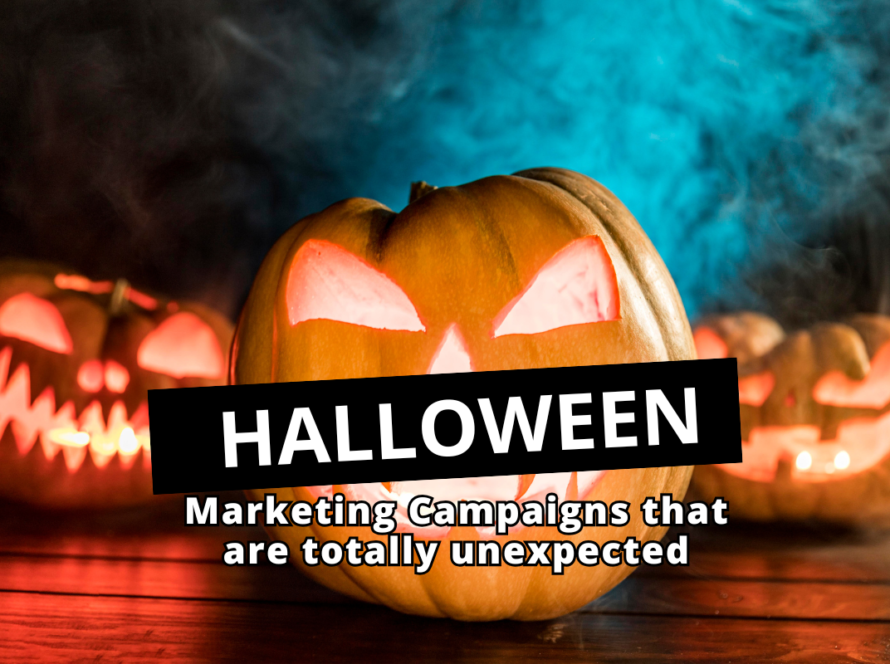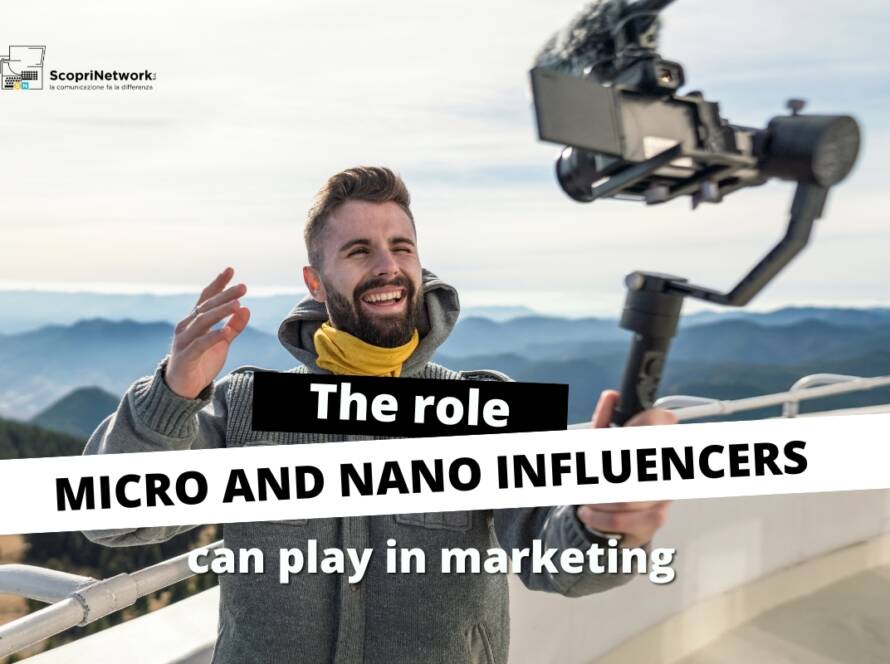Reverse marketing is a strategy that flips traditional advertising logic on its head. Instead of promotional insistence, it delivers a counterintuitive message, sometimes even “anti-product.”
One current example is the return of Ichnusa’s campaign. Last year, the brand launched what appeared to be a counterproductive message: cans tossed on the ground accompanied by the phrase “If it’s going to end like this, don’t even drink us,” taking a clear stance against littering, with a well-defined environmental goal.
The message returns, this time with a giant octopus holding Ichnusa bottles in its tentacles. A striking image condemning marine pollution and distancing the brand from environmentally harmful behavior.
It works because it communicates authenticity, ethical values, and coherence. The message doesn’t push consumers to buy, it invites them to believe in a principle. The product becomes secondary, yet even more desirable.
Reverse marketing doesn’t settle for being noticed, it aims to be remembered, discussed, even misunderstood. It doesn’t seek easy approval, but earns trust. It’s a strategy for brands unafraid of losing customers, because they know the ones who stay will be truly loyal.
The consumer chasing the brand (not the other way around)
In today’s era of media overexposure, some brands choose to pull back, to make themselves less visible. This refined form of reverse marketing flips the traditional roles: it’s no longer the company chasing the customer, but the customer chasing the brand, exclusivity, mystery, desirability.
Some luxury brands eliminate traditional advertising entirely, focusing instead on direct experience, word of mouth, and time. The implicit message is: “We don’t need to convince you. If you want us, you’ll find us.”
It’s a logic of extreme exclusivity. You need to know when and where it’s released, and act accordingly. The brand doesn’t seek you, it lets itself be sought. And by doing so, it rewrites classic marketing rules: the less it communicates, the more desirable it becomes.
Narrative subtraction and the power of absence
There’s a subtle and sophisticated form of reverse marketing that doesn’t shout, persuade, or explain. It simply subtracts, removing words, images, instructions. A minimalist approach where the ad message becomes faint, almost invisible, and thus more attention-grabbing than any loud slogan.
Here, the audience is invited to complete the meaning, to interpret, to project themselves into the message. It’s a gesture of trust: the brand doesn’t hold your hand, it gives you space. And the more space you have, the more you feel like part of something.
Apple excels at this. Its commercials, minimalist, quiet, almost suspended, never explicitly say “buy,” but imply that the product speaks for itself. Everything suggests, nothing imposes.
The absence of a clear call to action isn’t an oversight, it’s an invitation: enter our world, but do it in your own time, with your own mind.
When a brand doesn’t tell you what to do, it’s actually offering you something more valuable: freedom. And in communication, that’s the key to the deepest form of identification.
“Don’t Look Here”, and yet, here you are
Reverse marketing taps into the psychology of reactance, the automatic reflex that makes us want exactly what’s being denied to us. If someone says “don’t look,” your curiosity ignites. The more something is taken away, the more we want it.
In the digital world, social media, teaser campaigns, cryptic landing pages, the unsaid becomes a magnet. The negative message doesn’t repel; it attracts. The brand stops instructing and starts provoking.
The result? Active, emotional engagement. When the user is called to break a small taboo, they don’t feel targeted by a message; they feel like a protagonist in an experience.
This creates an authentic relationship with the brand: the moment the consumer stops being a spectator and becomes part of the story.
Social communication: saying the opposite to reveal the truth
In social awareness campaigns, the goal isn’t to sell, but to spark awareness. Drunk driving ads, for instance, often begin light-heartedly, like a comedy, only to abruptly switch tone, revealing the tragic consequences of a bad decision.
Other spots go even further: they simulate promotion of harmful behaviors like smoking or violence, only to suddenly expose them, leaving the viewer shocked, struck, and emotionally involved.
Here, the goal isn’t provocation for its own sake, it’s a way to enter the viewer’s mental system, subvert it from within, and deliver a deeper truth.Reverse marketing is a sophisticated strategy, not a shortcut. It requires vision, consistency, and a deep understanding of your audience. Because only when you know exactly who you’re talking to can you afford to stay silent.
And in an era when audiences have learned to scroll, skip, and ignore, the message that refuses to sell becomes the most powerful invitation to buy.





